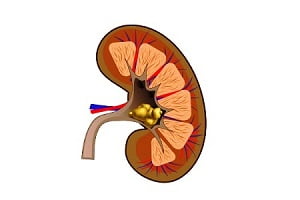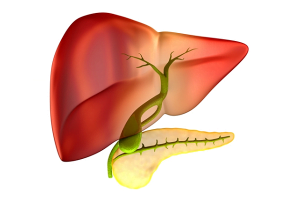Browsing: Lymphoma
Comprehensive Information, Resources, and Support on Lymphoma
Basics of Lymphoma: Hodgkins and Non-Hodgkins Lymphoma
Lymphoma is the cancer of lymphocytes, infection-fighting cells of the immune system. Lymphocytes are present in the lymph nodes, thymus, bone-marrow, and various other parts of the body. In lymphoma, lymphocytes change and grow out of control. Lymphoma cancer starts in the white blood cells, or lymphocytes and can spread, or metastasize, to different parts of the body because it is present in the blood stream.
Non-Hodgkin lymphomas begin due to an abnormality in a type of white blood cell (B-cell or T-cell), resulting in an uncontrolled division of these cells and therefore producing more and more abnormal cells which can spread to any other part of the body.
Lymphoma is generally a treatable cancer (depending upon the stage and type). Untreated lymphoma however can cause severe complications. Sometimes though clinicians suggest ‘wait and watch strategy’ and may not provide the treatment to patient.
Non-Hodgkin lymphoma (NHL) is a cancer of lymphocytes (cells of the lymphatic system). Non-Hodgkin lymphoma is not a lone disease. In fact there are more than 30 different sub types of non-Hodgkin lymphoma and each one can be broadly divided into the following two main groups
Survival rates are estimates that vary with the type and stage of cancer. However, every person is different and many people can live much longer than these suggested estimates. The 5 year survival rate for stage 4 Hodgkin lymphoma is usually 65%.
T-cell lymphoma is a disease in which T cells or T lymphocytes of lymphatic system become malignant. T-cell lymphoma may sometimes occupy the bone marrow but it usually comprises less than 25% of the marrow and if 25% or more of the bone marrow is inhabited by the malignant T cells, it is called as T-cell leukemia.









